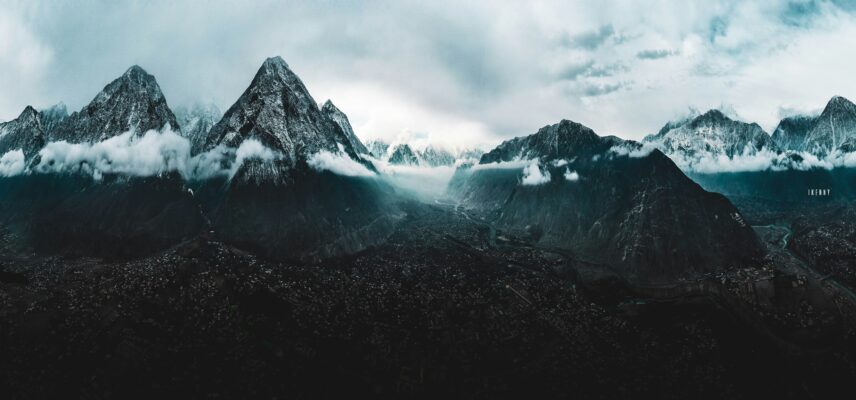
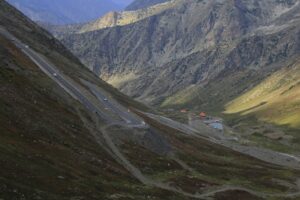
In 2025, as mainstream routes saturate with tourists, more travelers are turning their gaze to underexplored trails and valleys in Pakistan’s mountains. Emerging paths such as the Thallay La Trail, once the trade link between Khaplu and Shigar, are being revived with guided treks and community support. These hidden corridors offer solitude, raw beauty, and the chance to connect with communities that rarely see foreign visitors. This is not just a trend — it’s a rediscovery of places that were once lifelines to remote societies.
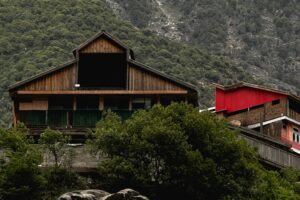 Where Communities Become Hosts
Where Communities Become HostsOnce trekkers tread these quiet routes, the next frontier is hospitality: stays with local families, village homestays, and small guesthouses run by locals. The shift moves tourism from just sightseeing to shared living — travelers dine, chat, and stay in homes that reflect authentic heritage. As hidden trails grow, these community-based stays bridge cultural exchange and economic uplift. The more guests arrive, the more incentive for villagers to preserve their customs and environments.
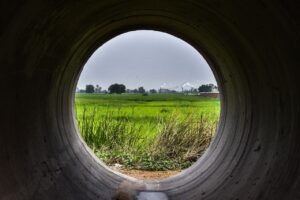 Nature, Risk & Resilience
Nature, Risk & Resilience Yet as more people traverse delicate ecosystems, the risks mount. Monsoon surges, glacial melt, and flash floods have already struck regions in northern Pakistan, reminding us how fragile mountain zones can be. These events push operators to think beyond trails — to adopt early warning systems, climate-aware route planning, and flexible itineraries. In essence, tourism must become resilient, adapting to nature’s surprises rather than fighting them.
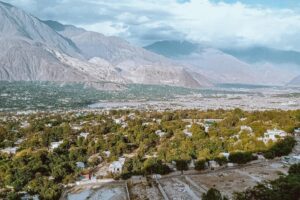 New Routes & Infrastructure Momentum
New Routes & Infrastructure Momentum Another piece of this evolving landscape is the expansion of routes and connectivity. Projects like the Kohsar Tourism Expressway — linking Rawalpindi to Murree and onward toward Muzaffarabad — promise smoother access to scenic zones. Better roads, safer bridges, and improved mobility allow offbeat spots to open to more travelers, while reducing the pressure on overcrowded sites. Infrastructure doesn’t just bring more tourists; if planned wisely, it spreads them across regions.
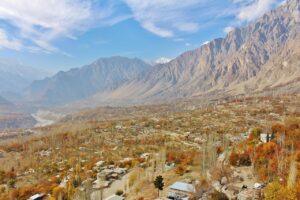 What Travelers & Operators Must Do
What Travelers & Operators Must Do For travelers, this means embracing flexibility, local connection, and being climate conscious. Choose trails with low impact, respect local customs, and understand risk zones. For tour operators and communities, the call is to build strong support systems: training, safety, waste management, communication systems, and insurance. When hidden trails, community stays, climate resilience, and infrastructure growth combine, Pakistan can unlock a new tourism ethos — one that’s sustainable, meaningful, and rewarding for both visitors and locals.
ATP House, Hameed Gar Road Kashu Bagh, Khargrong Skardu, Baltistan, Pakistan.
House # 439, Street # 51, G-9/1, Islamabad, Pakistan.